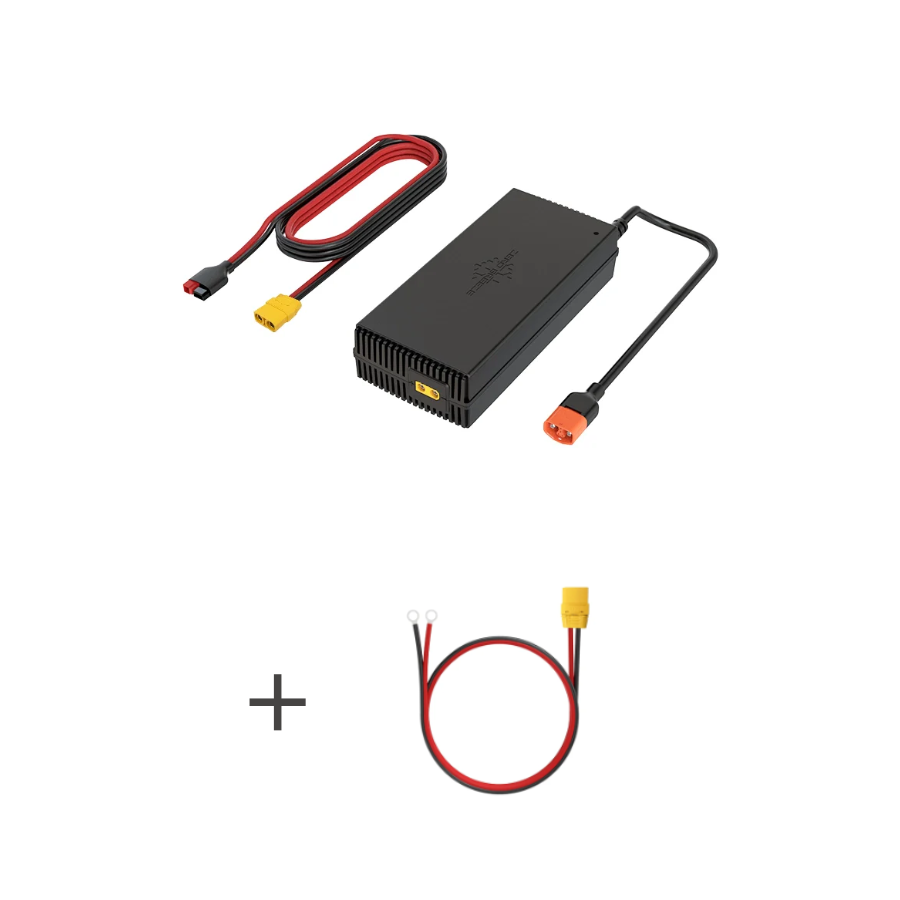How to Properly Store Your Mark 3 Battery for Long-Term Use

When you're not using your Mark 3 battery, just leaving it in a corner might seem convenient. But later, you may find it's dead or won't charge when you need it. These problems can be easily avoided. Taking the right steps now will help protect your battery, extend its lifespan, and ensure peak performance whenever you need it. Follow these four simple, expert steps for proper long-term storage.
Four Key Steps for a Healthy Mark 3 Battery
- Optimal Climate: 50°F to 77°F (10°C to 25°C)
Temperature is the top threat to lithium-ion polymer (LiPo) batteries like your Mark 3 battery. Extreme temperatures can cause irreversible damage and shorten its life. To better protect your battery during storage:
- Avoid Heat: DO NOT store it in direct sunlight (like hot vehicles) or near any heat sources (furnaces, stoves). Excessive heat speeds up internal chemical reactions, leading to swelling and degradation.
- Avoid Cold: DO NOT store your battery where temperatures drop below 50℉ (10°C), such as an unheated garage or shed. Freezing temperatures increase internal resistance, compromising safety and performance.
The best practice is to store your Mark 3 battery in a dry, cool, and well-ventilated indoor space with stable temperatures, ideally between 50°F and 77°F (10°C to 25°C).
- Golden Charge Level: 40% to 60%
Storing your battery fully charged or completely drained for long periods can lead to chemical degradation and reduced capacity.
The best practice is to charge your Mark 3 battery to 40%–60% before long-term storage.
- If the battery is fully charged, simply use it to run the Mark 3 AC for a short period to bring the charge down.
- If it's nearly empty, charge it only until it reaches this optimal charge level.
This simple step helps maintain performance and extend the overall battery lifespan.
- Pre-Storage Safety Check
Once you've ensured the proper temperature and charge level, make sure to follow these quick safety tips before tucking your battery away:
- Completely Disconnect: Ensure the Mark 3 battery is powered off and disconnected from the Mark 3 AC, chargers, or any other devices.
- Keep it Clean: Gently wipe down the battery casing and connection ports with a dry cloth to remove any dust or moisture.
- Secure Location: Store the battery in a secure, non-flammable area, away from conductive materials or heavy objects.
- Periodic Checking: Every 3 to 6 Months
Even when stored correctly, your Mark 3 battery slowly self-discharges. Therefore, to maintain the optimal storage range, periodic checks are essential.
Check the charge level every 3 to 6 months. If it drops below 40%, recharge it back to the 40%–60% range before returning it to storage. This prevents the cells from entering a damaging low-voltage state, and keeps the battery ready for use.
Bonus Tip: Keep Your Battery Active
In addition to proper storage, regular use is actually healthier for your battery than extended storage. Your Mark 3 battery acts as a mini portable power station with multiple output ports, including Type-C, USB-A, and a 12V Anderson output. Even if you're not using it to power the Mark 3 AC, you can charge other devices, maintaining cell chemistry and overall lifespan. Remember: a frequently used battery is a healthy battery.

Final Thoughts
Taking a few minutes now to store your Mark 3 battery properly ensures it will be safe, healthy, and ready for your next adventure. Remember the key steps: keep it cool, charge it right, store it safely, and check it periodically.











Leave a comment